
| Recorded by: Jim Petranka on 2025-06-20
Madison Co.
Comment: | 
| Recorded by: Jim Petranka on 2025-06-08
Madison Co.
Comment: |
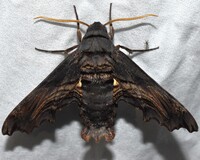
| Recorded by: Jeff Niznik, David George on 2025-04-05
Chatham Co.
Comment: | 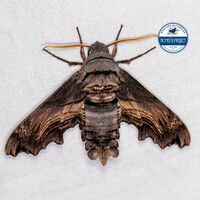
| Recorded by: Lior S. Carlson, Dean Furbish on 2025-04-04
Orange Co.
Comment: |
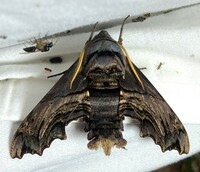
| Recorded by: Lior S. Carlson, Dean Furbish on 2025-04-04
Orange Co.
Comment: | 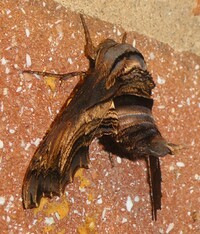
| Recorded by: Simpson Eason on 2025-04-02
Durham Co.
Comment: |

| Recorded by: Jeff Niznik, Larry Chen on 2025-04-02
Orange Co.
Comment: | 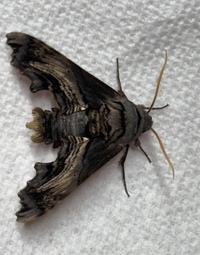
| Recorded by: Sonia Tiesler on 2025-03-30
Randolph Co.
Comment: |
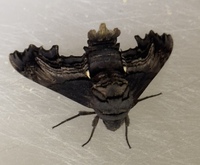
| Recorded by: Sonia Tiesler on 2025-03-30
Randolph Co.
Comment: | 
| Recorded by: David George, Jeff Niznik, Rich Teper on 2025-03-28
Chatham Co.
Comment: |

| Recorded by: Jim Petranka on 2024-07-07
Madison Co.
Comment: | 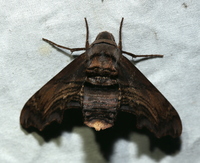
| Recorded by: David George on 2024-07-04
Chatham Co.
Comment: |

| Recorded by: David George, Rich Teper on 2024-05-13
Chatham Co.
Comment: | 
| Recorded by: David George, Rich Teper on 2024-05-13
Chatham Co.
Comment: |
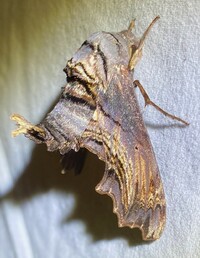
| Recorded by: Dean Furbish on 2024-04-10
Wake Co.
Comment: | 
| Recorded by: Dean Furbish on 2024-04-08
Wake Co.
Comment: |
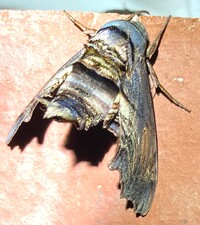
| Recorded by: Dean Furbish on 2024-04-02
Wake Co.
Comment: | 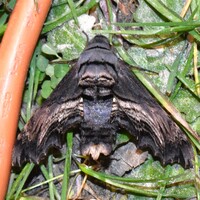
| Recorded by: Stephen Dunn, Jeff Niznik, David George on 2024-03-31
Orange Co.
Comment: |
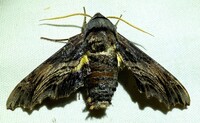
| Recorded by: Dean Furbish on 2024-03-30
Wake Co.
Comment: | 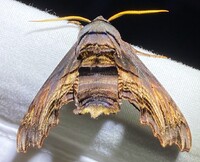
| Recorded by: Dean Furbish on 2024-03-25
Wake Co.
Comment: |
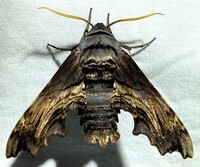
| Recorded by: Dean Furbish on 2024-03-23
Wake Co.
Comment: | 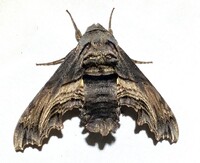
| Recorded by: Dean Furbish on 2024-03-20
Wake Co.
Comment: |
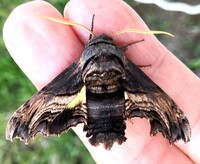
| Recorded by: Dean Furbish on 2024-03-20
Wake Co.
Comment: | 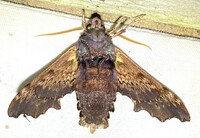
| Recorded by: Dean Furbish and Joy Wiggins on 2024-03-07
Wake Co.
Comment: |
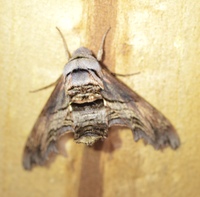
| Recorded by: Stephen Dunn on 2023-05-17
Orange Co.
Comment: | 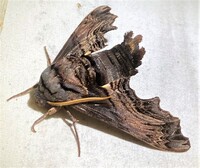
| Recorded by: Dean Furbish and Joy Wiggins on 2023-05-10
Wake Co.
Comment: |

| Recorded by: Dean Furbish on 2023-03-27
Wake Co.
Comment: | 
| Recorded by: David George, Stephen Dunn on 2023-03-24
Orange Co.
Comment: |
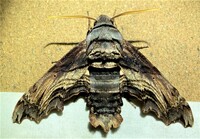
| Recorded by: Dean Furbish and Joy Wiggins on 2023-03-24
Wake Co.
Comment: | 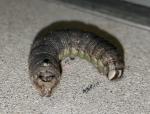
| Recorded by: K. Bischof on 2022-08-14
Transylvania Co.
Comment: |
|

 »
»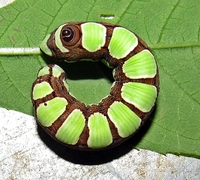
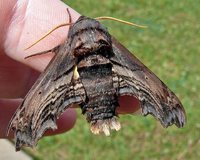
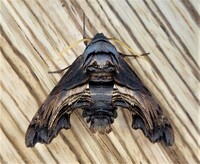

 »
»

